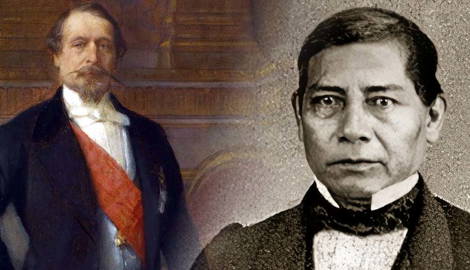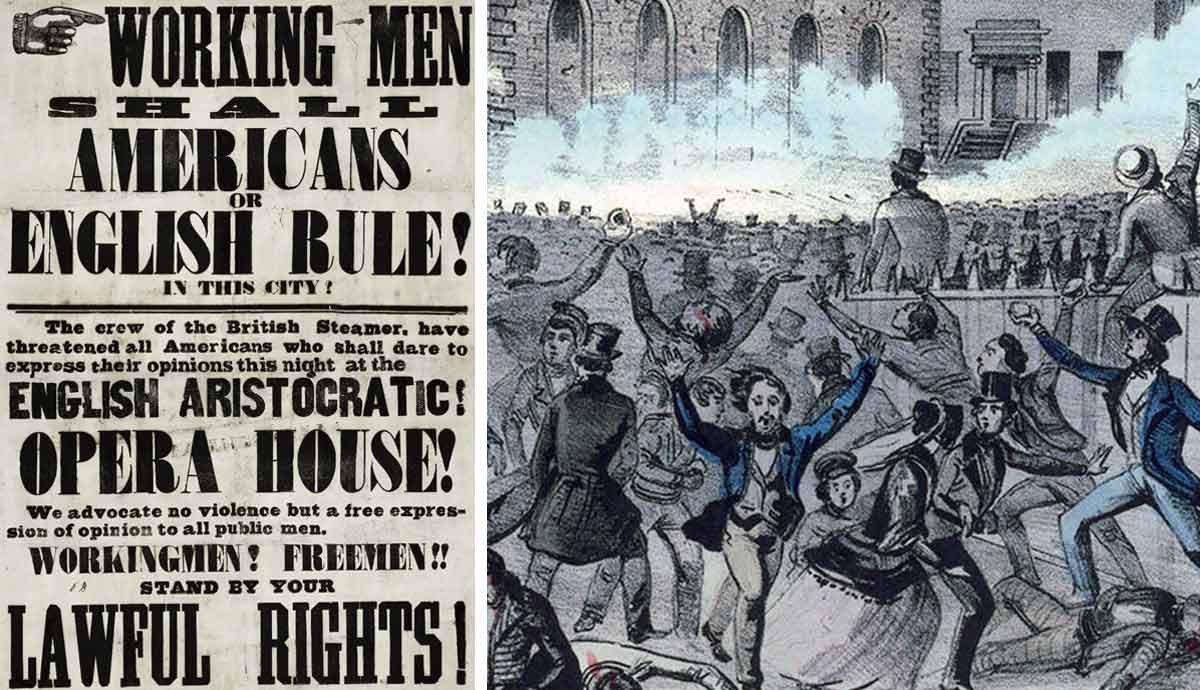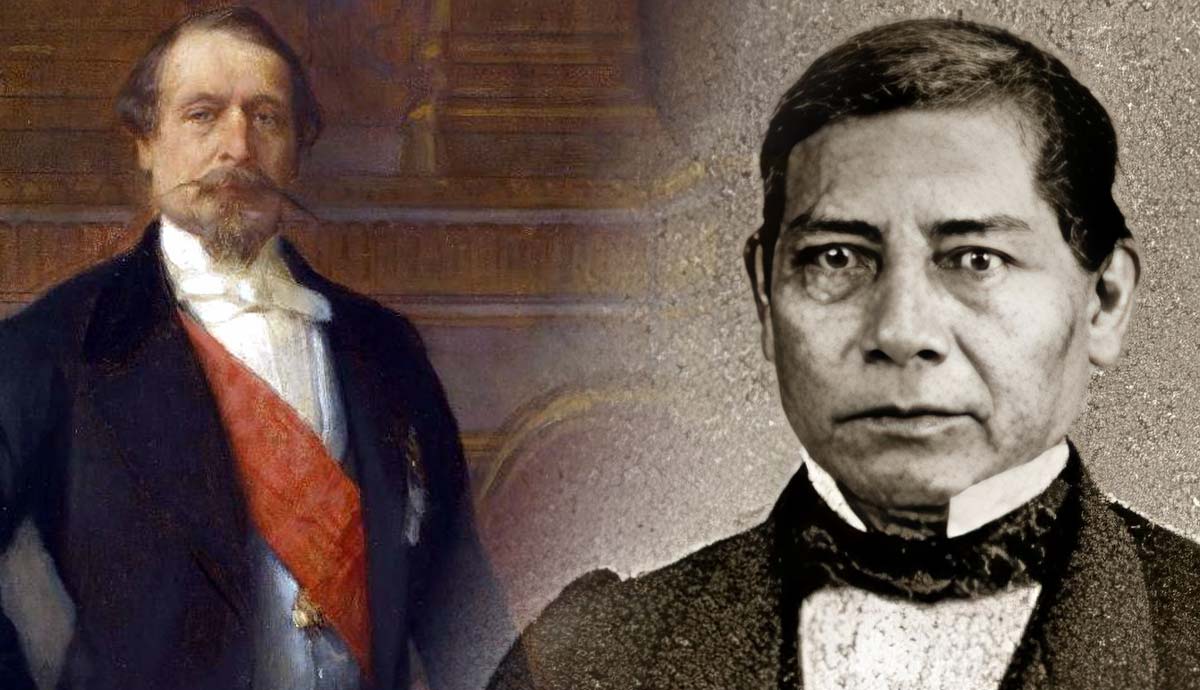
On June 19, 1867, Emperor Maximilian of Mexico was executed by a firing squad of Mexican Republican soldiers, thus ending the short-lived Second Mexican Empire. From the outset of his reign, Maximilian made several policy mistakes, with the result that the Second Mexican Empire never achieved sufficient domestic support to replace its dependence on French soldiers. When Napoleon III chose to withdraw French soldiers from Mexico, the government of Emperor Maximilian was swiftly overthrown by the more popular Republican forces led by Mexican President Benito Juárez.
Mexico in Crisis: Life Before the Second Mexican Empire
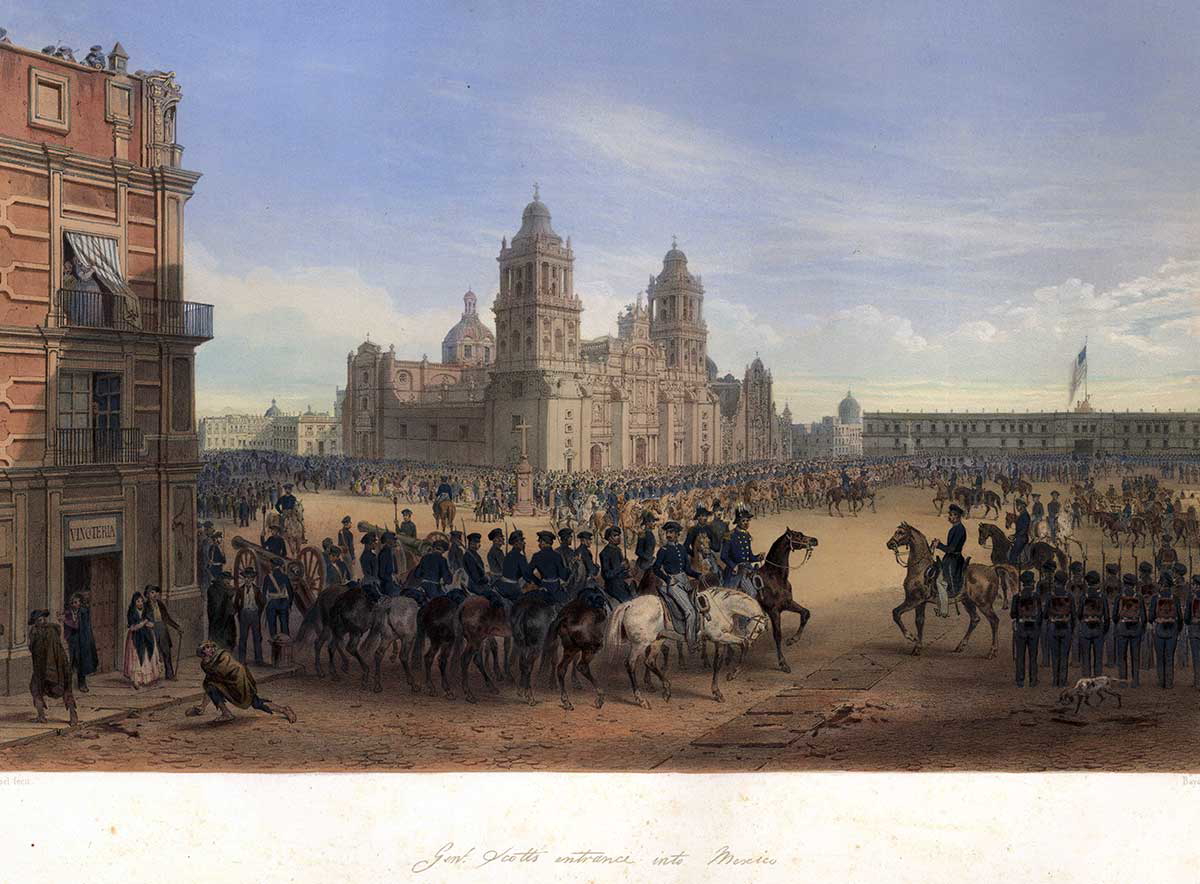
Immediately following independence from Spain, Mexico had briefly been an empire ruled by Agustín de Iturbide from 1822 to 1823. The First Mexican Empire collapsed due to the Emperor’s inability to maintain control of the army or to placate those who believed that Mexico should be a republic. Agustín I was ultimately executed in 1824 when he returned to Mexico from exile after being overthrown the previous year.
In the decades following his execution, Mexico was beset by civil wars, coups, and economic stagnation. The country also suffered military defeat in the Texas Revolution and the Mexican-American War, both of which resulted in the loss of significant territory.
In this atmosphere of crisis, and notwithstanding the violent end of Emperor Agustín I, some Mexican conservatives continued to believe that establishing a monarchy would bring stability to the country. Mexican conservatives sought to convince a European noble to serve as Mexico’s monarch, believing this would win the support of the great powers of Europe against further annexations by the United States.
Napoleon III and Maximilian: Creating the Second Mexican Empire
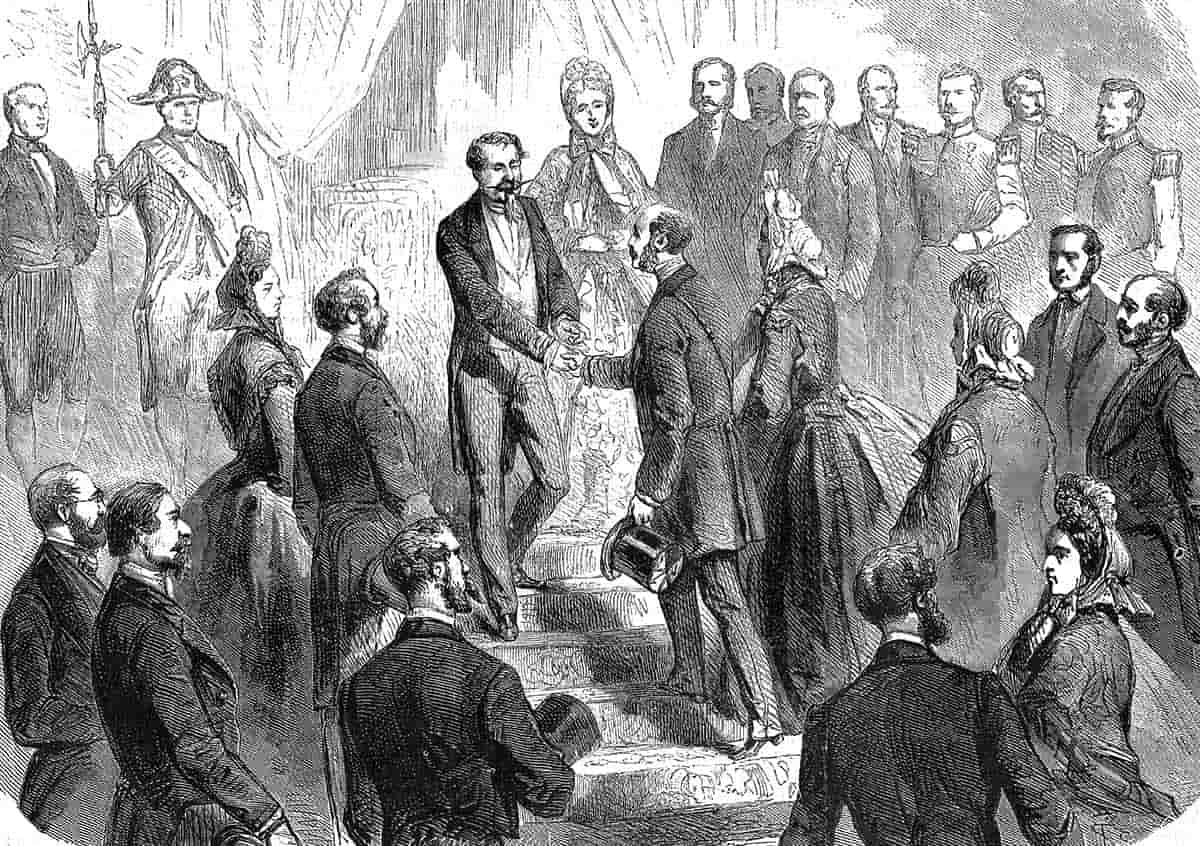
For decades the monarchist project failed to progress in Mexico. However, in 1861 the new liberal President, Benito Juárez, ordered a temporary moratorium on Mexico’s debt payments to European countries to deal with a fiscal crisis.
In response, Emperor Napoleon III of France, supported by Britain and Spain, invaded Mexico. Britain and Spain quickly negotiated payment plans with President Juárez and withdrew their forces. Napoleon III, on the other hand, saw an opportunity to establish a monarchy in Mexico that would serve as a bulwark against the United States as well as a quasi-colony for France.
At the time, the United States was distracted by the American Civil War and could only protest against the French invasion of Mexico.
Napoleon III sent more forces to Mexico and eventually captured Mexico City and a significant portion of central Mexico. President Juárez and his government were forced to flee the capital but continued to fight against the French in the north and south of Mexico. Juárez refused to leave Mexico or resign the presidency, and supporters, known as Republicans, rallied to his cause.
Napoleon III, supported by many Mexican conservatives, now looked for a European noble he could install as Emperor of Mexico and settled on Maximilian Hapsburg, the brother of the Emperor of Austria-Hungary. Maximilian, who had no prospect of ruling in Europe and was genuinely excited by the idea of modernizing Mexico, accepted the throne in April 1864. The Second Mexican Empire had been created.
Early Mistakes: The Second Empire Loses Support
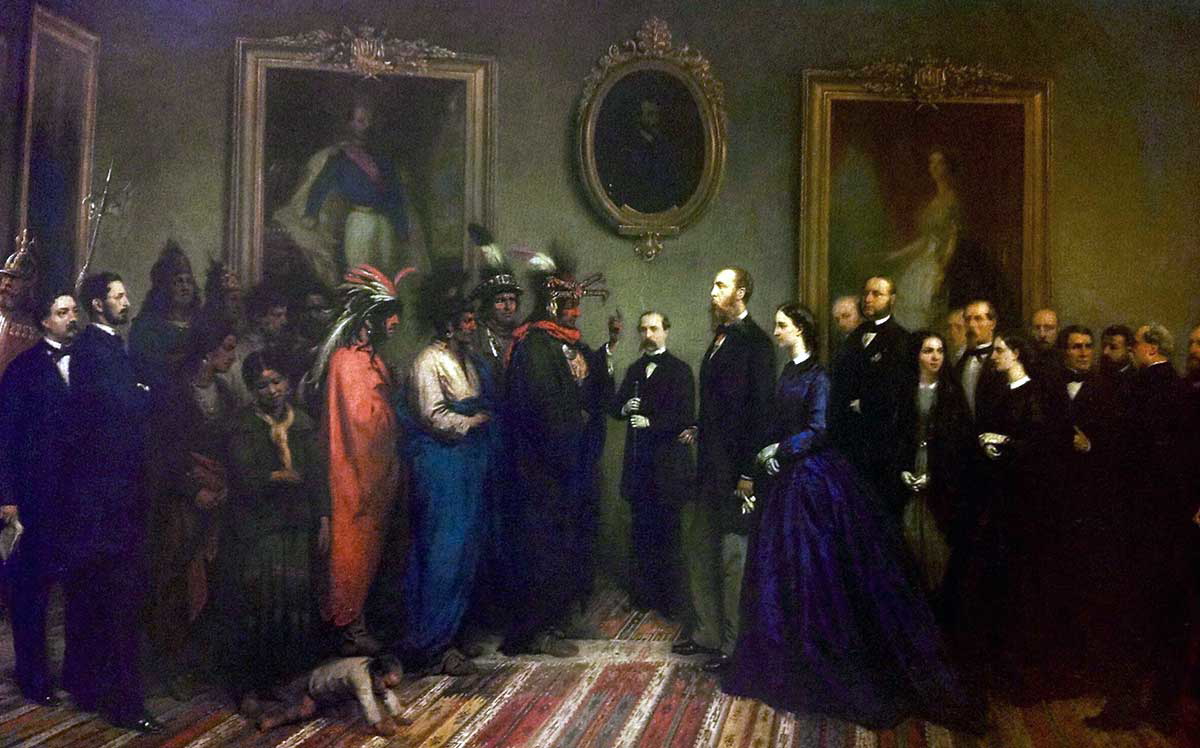
Emperor Maximilian and his wife Charlotte arrived in Mexico in May 1864. Maximilian was a well-intentioned ruler, but it quickly became apparent that he lacked a sufficient understanding of Mexican politics and history.
From the outset, Maximilian failed to recognize that a substantial part of Mexico’s population would always view him as illegitimate. Despite his efforts to adopt Mexican culture, Maximilian could not overcome the fact that he was an Austrian imposed on Mexico by a French army. Throughout Maximilian’s reign, many Mexicans continued to view President Juárez as the country’s legitimate leader. Many Mexicans who had not favored Juárez prior to the French invasion now supported his ongoing resistance to European intervention in Mexican affairs.
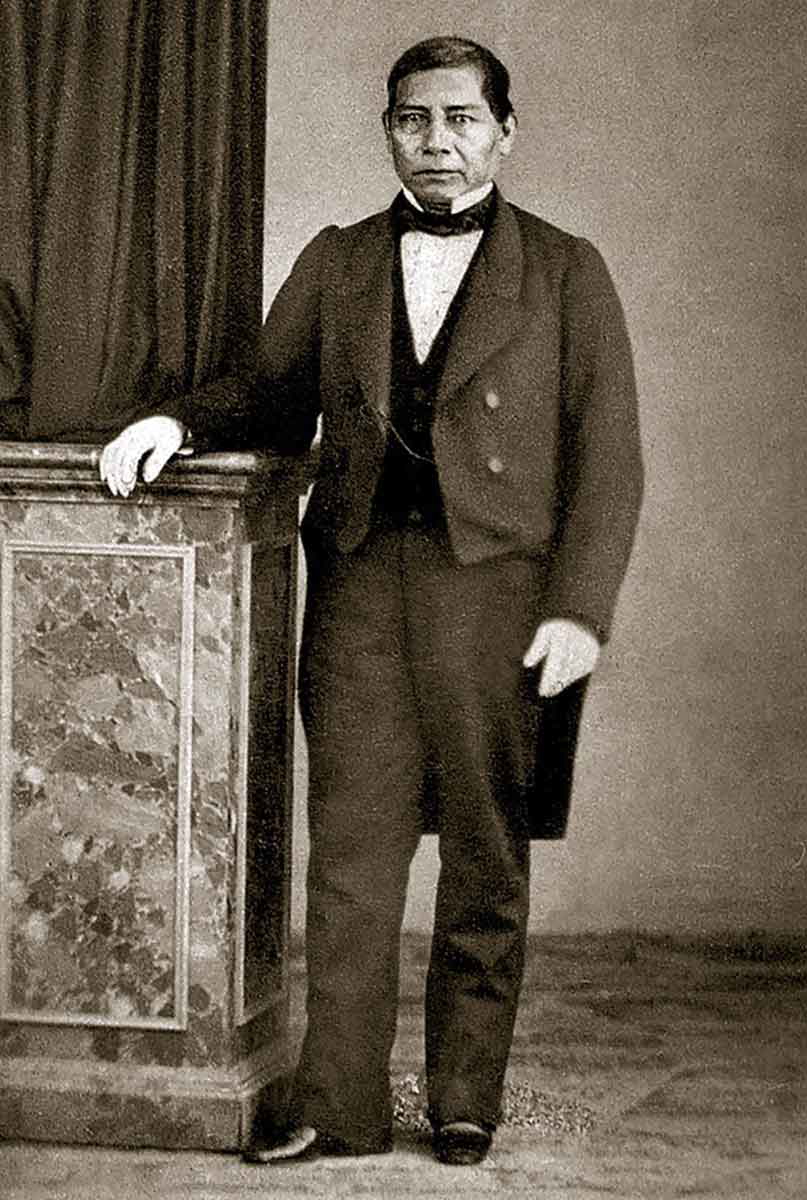
Maximilian did have the support of many Mexican conservatives and the Catholic Church, at least initially. However, unknown to Mexico’s conservatives, Maximilian had embraced the precepts of 19th-century liberalism and began introducing legislation that left his conservative supporters aghast. For example, Maximilian confirmed the subordination of the Catholic Church to the imperial government, proclaimed freedom of worship, and refused to restore church properties that had been confiscated during the Juárez administration. Maximilian also introduced many liberal reforms, such as protections for workers and Mexico’s Indigenous peoples.
In the face of the obvious liberalism of their new emperor, many Mexican conservatives began to question whether they wished to fight and die for the Second Mexican Empire. The Catholic Church, whose clergy held significant influence over the views of the population, also became distinctly cool to Maximilian and the Second Mexican Empire.
Overall, within a few months of arriving in Mexico, Maximilian had alienated his conservative support base while failing to win over many liberals, who still viewed him as a foreign invader.
The American Civil War and the Black Decree: The Second Mexican Empire Falters
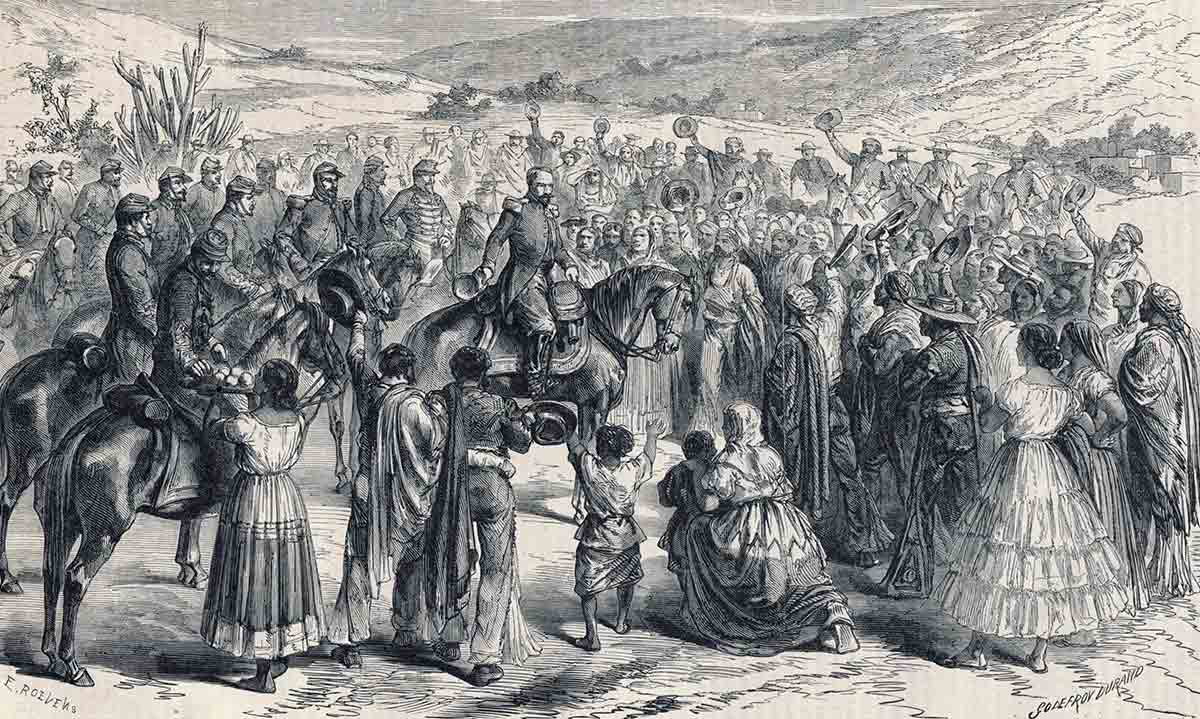
Despite Maximilian’s missteps, in the first year of his reign the Second Mexican Empire managed to gain control of over two-thirds of Mexican territory, including most of the major industrial centers. Imperial forces scored several major military victories, and, for a while, it seemed as if the Second Mexican Empire might prevail over the Republican forces of President Juárez.
However, most of the Second Mexican Empire’s victories were achieved by French soldiers. While Maximilian attempted to create an independent Imperial Mexican Army, his efforts were undermined by a chronic lack of funds and a lack of enthusiasm for the imperial regime.
The strategic situation shifted suddenly in April 1865 when the American Civil War ended with the surrender of the Confederacy. Up to this time, the United States had been focused on the Civil War and was unable to do more than protest Napoleon III’s invasion of Mexico. The French intervention in Mexico was a clear violation of the Monroe Doctrine, by which the United States asserted that European powers were not permitted to interfere in the Americas.
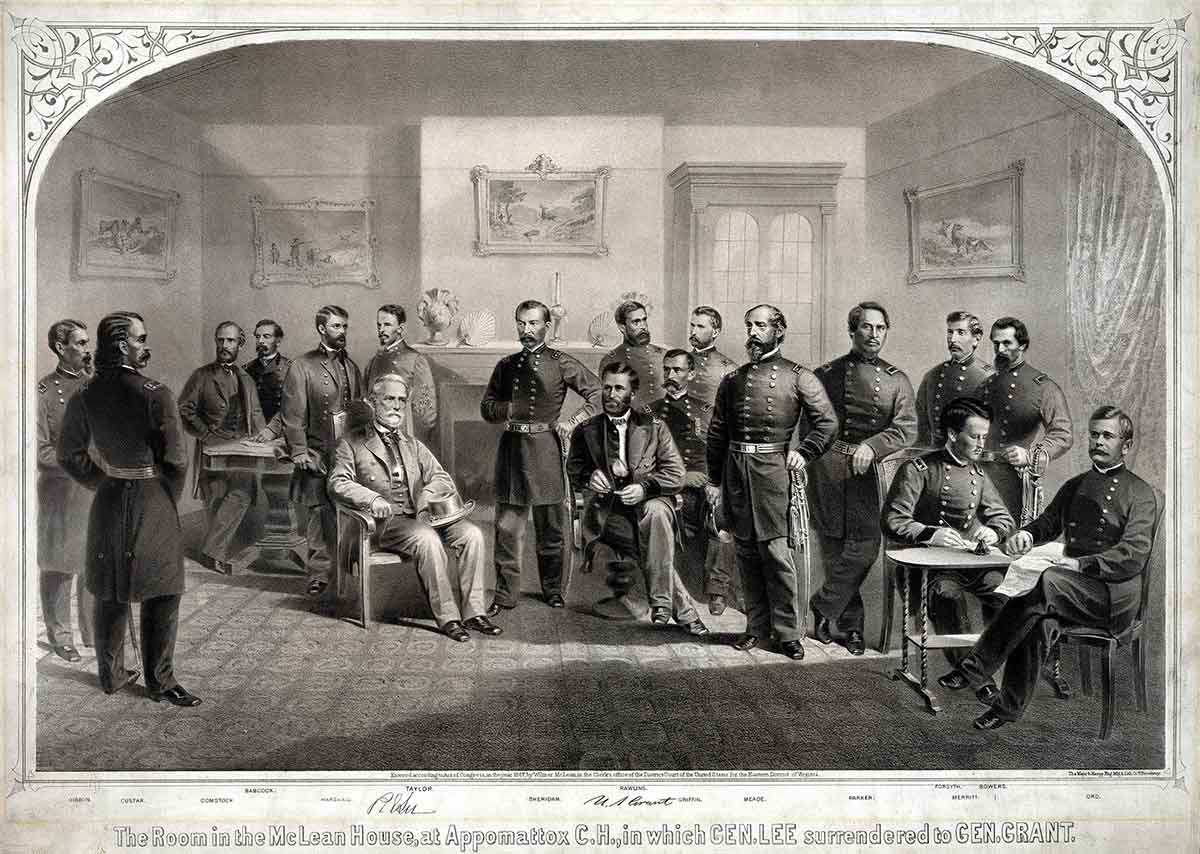
The United States had continued to recognize President Juárez as the legitimate leader of Mexico, and now it was able to provide the beleaguered Republican forces with arms, ammunition, and other supplies, as well as volunteers. When President Juárez’s government was able to secure a $30 million in private loans from the United States in 1865, it was indicative of the fact that American investors expected him to ultimately prevail against the Second Mexican Empire.
The influx of American support for President Juárez led to a surge in Republican morale and recruitment. At this juncture, in October 1865, the Second Mexican Empire made a grave strategic mistake when it issued the so-called Black Decree. The Black Decree stated that imperial forces were to take no prisoners and could summarily execute any captured Republicans. Maximilian appeared to believe that the Black Decree would rapidly lead to the collapse of the Republican movement. In reality, the Black Decree enraged many Mexicans and only served to increase support for President Juárez and the Republicans fighting the Second Mexican Empire.
Withdrawal of French Support: Empire on the Brink
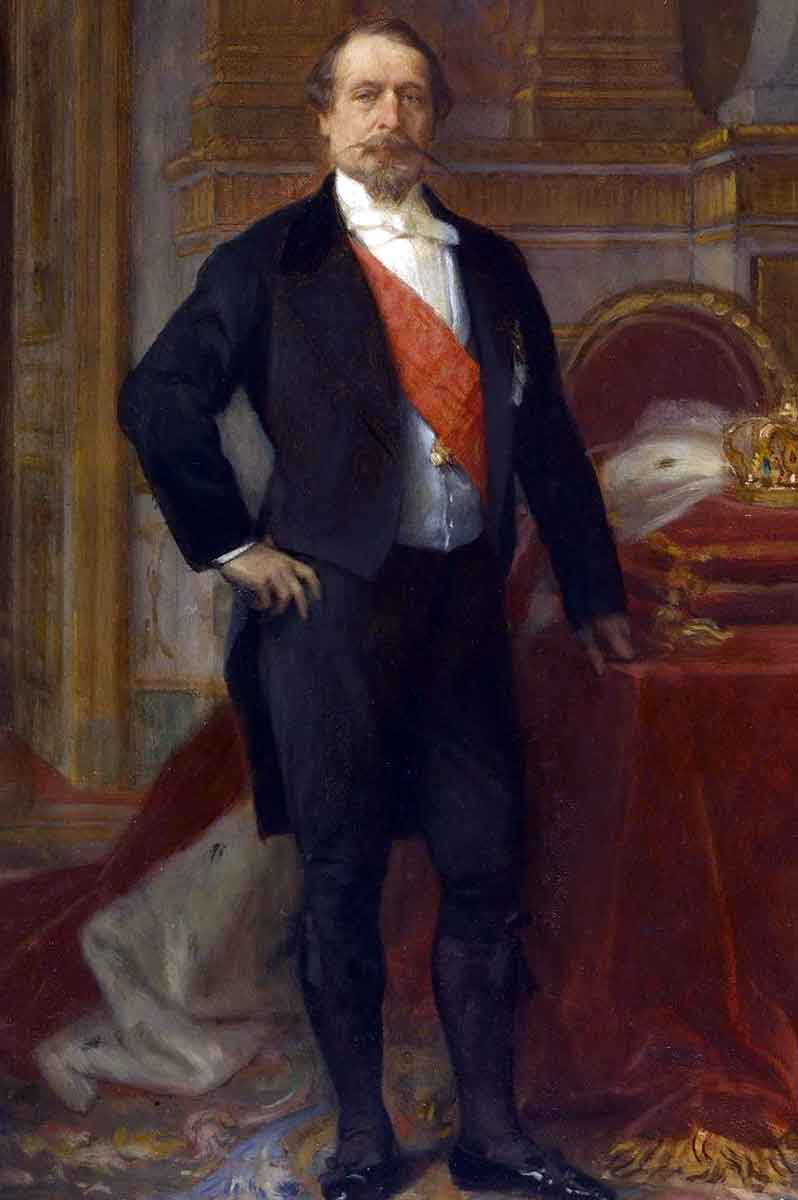
Following the end of the American Civil War, Napoleon III was increasingly alarmed at the prospect of being drawn into a conflict with the United States over the Second Mexican Empire. At the same time, the rise of Prussia in Europe and the consequent risk of war made the continued deployment of a significant portion of France’s military in Mexico a risky proposition. Napoleon III was also frustrated by the spiraling costs of the war against President Juárez and the Republicans, who, by the end of 1865, still controlled significant territory in Mexico.
It was clear to Napoleon III and his government that their experiment with creating a monarchy in Mexico had been a failure. In January 1866, Napoleon III decided to cut his losses and announced that the French military would be withdrawing from Mexico.
Despite the increasingly hopeless situation, Maximilian decided to stay, believing it was his duty not to abandon his followers. Maximilian believed that he could still save the Second Mexican Empire and achieve victory over President Juárez. French soldiers were progressively withdrawn throughout 1866. Without French support, Maximilian’s soldiers proved to be no match for the more numerous and better-equipped Republicans.
By the end of 1866, almost all French forces had been withdrawn, and the Republicans were closing in on Mexico City. The last French soldiers left Mexico in March 1867. That same month, Maximilian retreated with the remaining forces of the Second Mexican Empire to the city of Querétaro.
The Execution of Maximilian: Collapse of the Second Mexican Empire
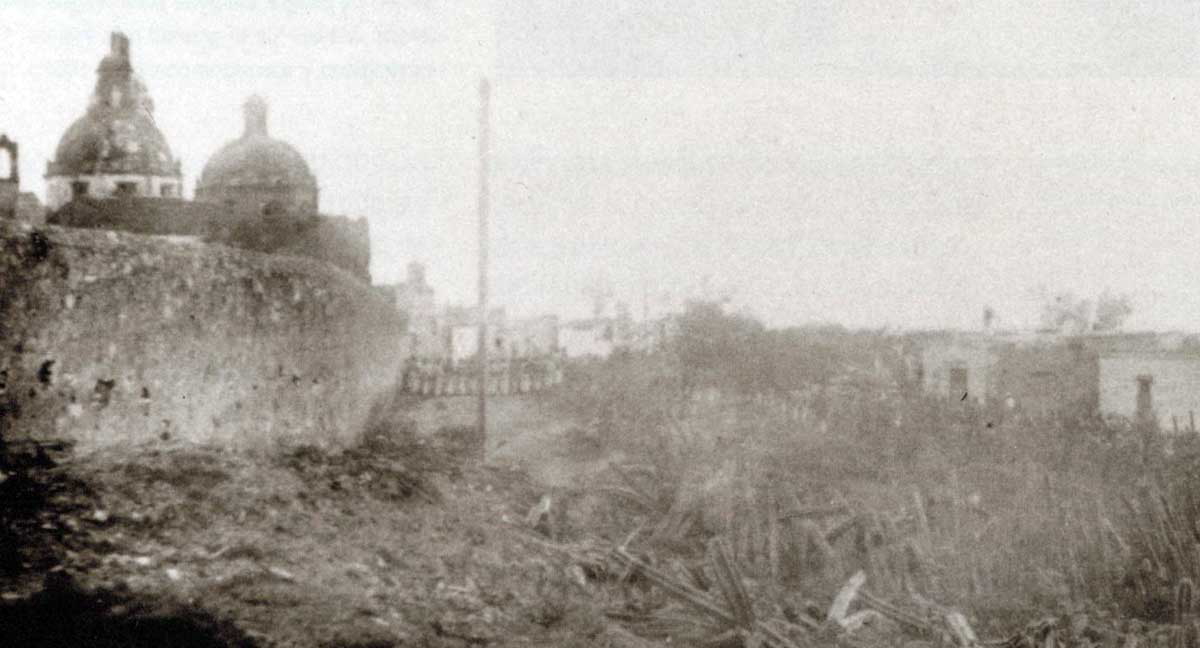
At Querétaro, Maximilian and approximately 10,000 imperial soldiers were besieged by over 40,000 soldiers loyal to President Juárez. While the forces of the Second Mexican Empire initially fared quite well during the Siege of Querétao, their position was hopeless. Maximilian and his generals decided to attempt a breakout to reach the coast. However, before the breakout could be mounted, an officer who had defected to the Republicans arranged to open the gates to the Republican forces. Querétaro was stormed, and Emperor Maximilian and his senior generals were captured on May 15, 1867.
The victorious Republicans decided to place Emperor Maximilian on trial and used the Black Decree as one of the main charges against him. Despite pleas for clemency from around the world, President Juárez was determined to make an example of Emperor Maximilian and deter any future European intervention in Mexico’s affairs.
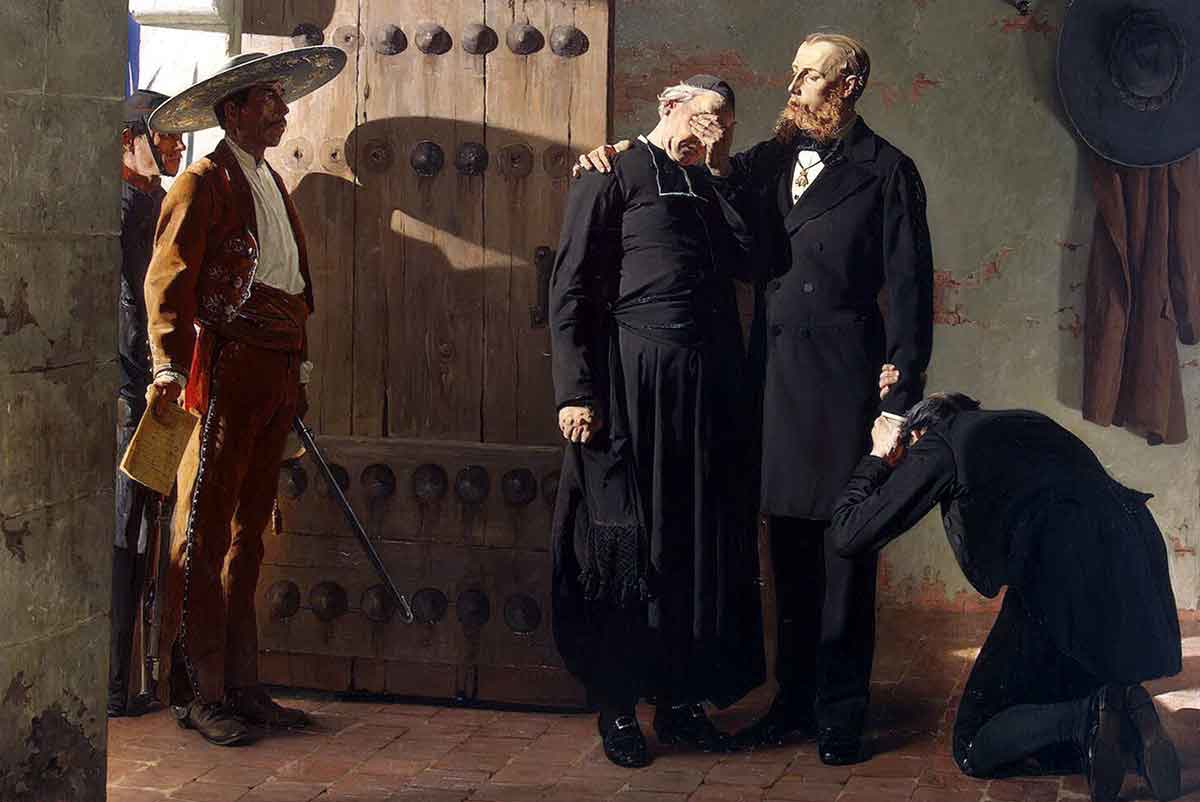
On June 19, 1867, alongside two of his generals, Emperor Maximilian was executed by firing squad. The emperor had no heir, and thus, the Second Mexican Empire died with him.
Emperor Maximilian had ruled over the Second Mexican Empire for just over three years, during which he had made a series of mistakes, including alienating his conservative supporters and issuing the Black Decree, that crippled his ability to win domestic support. Ultimately, the Second Mexican Empire swiftly collapsed once Napoleon III chose to withdraw French military support for the battle against the Republicans and President Juárez.
